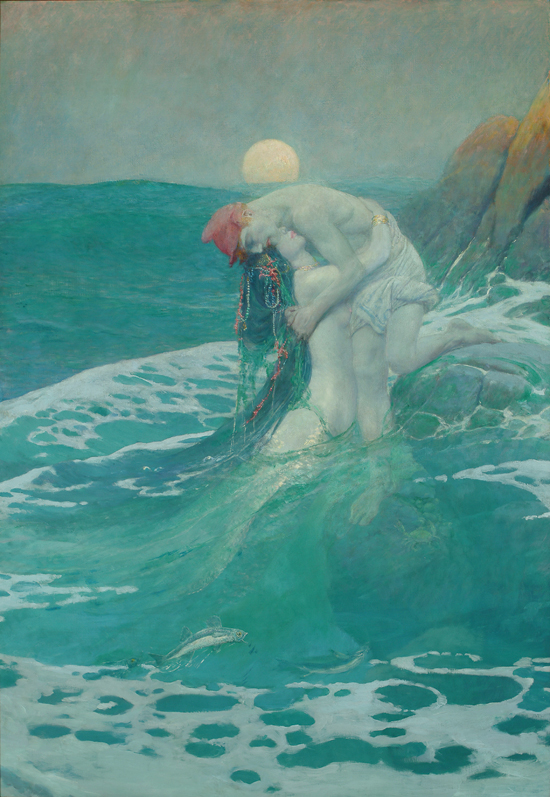 | |||
| "Botanic Beauty" 6x6 oil on panel |
An artist finds his happiest combination in a play of complementary colors. They are direct contrasts yet do not jar; they awaken the beholder, but do not disturb him. Charles Burchfield
Last week’s painting challenge on DPW was an exciting complementary color (direct opposites on the color wheel) challenge posted by fellow DPW painter Layne Cook.
I choose the violet/yellow pair in this alla prima (wet in wet) oil study of an iris because I wanted to explore the full range of warm to cool violets—one of my favorite color ranges. Yellows not so much—but here sunny yellows (some pure notes along with neutral ones) are the perfect warm companion for the cool violets.
As Burchfield notes above, complements are one of the easiest way to have a successful and exciting color strategy for your art. Here are some quick tips for working with your complementary color pairs:
Work with your color pairs in ranges than one “out of the tube" solid color. This gives you many more options. So violet range and yellow range, red range and green range, and blue range and orange range (or as I remind students in our hometown: Go Broncos!).
Your painting will likely work better if one of the color pair should dominates the other. So mostly blue range with some orange range for example. Here’s one of my favorite green blue dominant paintings (note the touch of red oranges) "The Mermaid" by American illustrator Howard Pyle.
When you paint two complements side by side they really attract the eye. You can take advantage of this color power couple where you want to the viewer to focus. On the flip side when you need to calm a color down, the complement can be a more interesting alternative for creating neutrals rather than a pre-mixed gray, black, umber, etc. Trouble with your highlights? Try a touch of complementary color in your white mixture. (So whitish green highlight on bright red tomato for example.)
For more discussion about exploring and balancing opposites in your painting check out one of my favorite oil painting books: The Yin Yang of Painting by Zhang. Finally, a big thanks again to all my recent DPW buyers and my ongoing students for your support this summer!


No comments:
Post a Comment